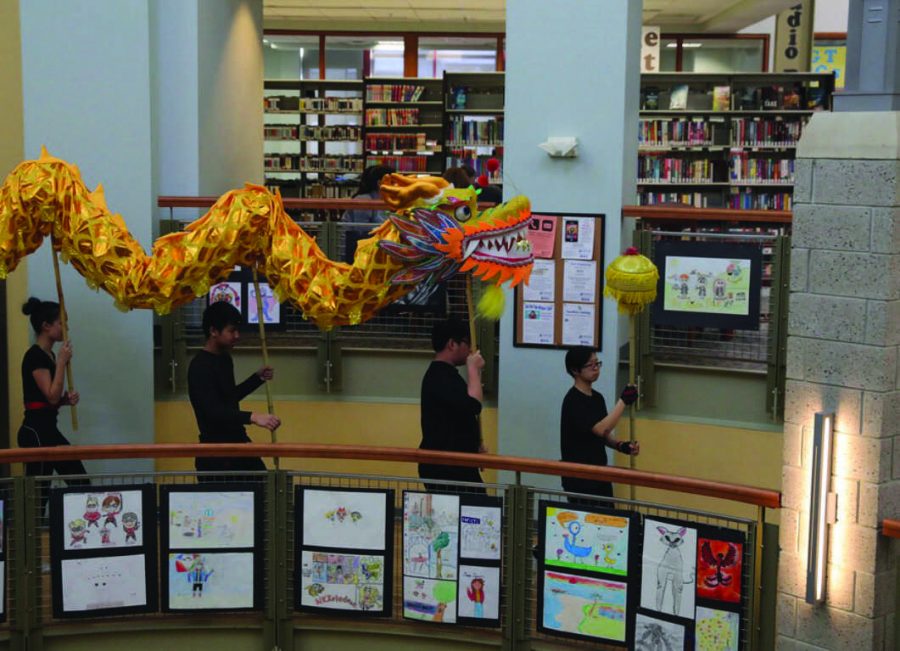It’s Feb. 4, 10 seconds to midnight with fireworks in the air. You’re surrounded by your friends and family, ringing in the new year by wishing each other good fortune. The clock strikes 12 and millions of people around the world celebrate the Lunar New Year.
The Lunar New Year is the start of the new year on the lunisolar calendar. This holiday is celebrated in countries like Singapore, Indonesia, Malaysia, Thailand, Cambodia, Australia, the Philippines, Taiwan, Hong Kong, Southeast Asia and Mauritius, and also Europe, Australia, New Zealand, America and Canada, especially in the areas with a big Chinese community.
The first day of the new year starts with the new moon, which appears between Jan. 21 and Feb. 20 (Feb. 5 this year), and the last day known as Lantern Festival (Feb. 19 this year), which celebrates with night lantern displays and ends 15 days later on the full moon.
Each Lunar New Year is represented by an animal, and 2019 is the year of the Earth pig. This is considered to be a very lucky year signifying wealth and fortune. According to CNN, “Chinese legend holds that Buddha asked all the animals to meet him on New Year’s Day and named a year after each of the 12 animals that came. Also, according to legend, people born in each animal’s year have some of that animal’s personality traits.”
The Lunar New Year is filled with traditions that are followed around the globe. One of the most important customs is for married couples to give lucky money, or ‘lay-see,’ to unmarried relatives, especially children. On the 26th day of the last lunar month, festive cakes and puddings are made.
Another common tradition is fireworks. Shooting off firecrackers is the way of sending out the old year and welcoming in the new year. It is also tradition for every door in the house, including windows, to be open when the clock strikes midnight to allow the old year to go out.
Lunar New Year ends with the Lantern Festival, celebrated at night with displays and parades of painted lanterns. During the festival, dragons made of paper, silk and bamboo are held overhead and appear to dance as they make their way along the parade routes.
Senior Shaomeng Hou has celebrated the Lunar New Year in the past, and has lots of family that still does. “We don’t do much celebrating here, but my family who lives in China always has lots of fun festivities to celebrate the Lunar New Year,” Hou said.








